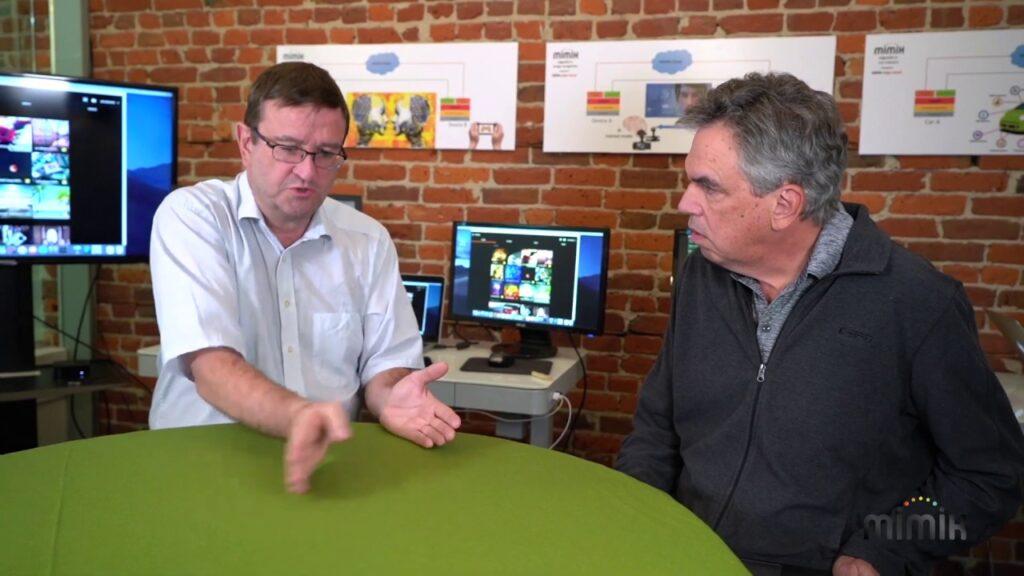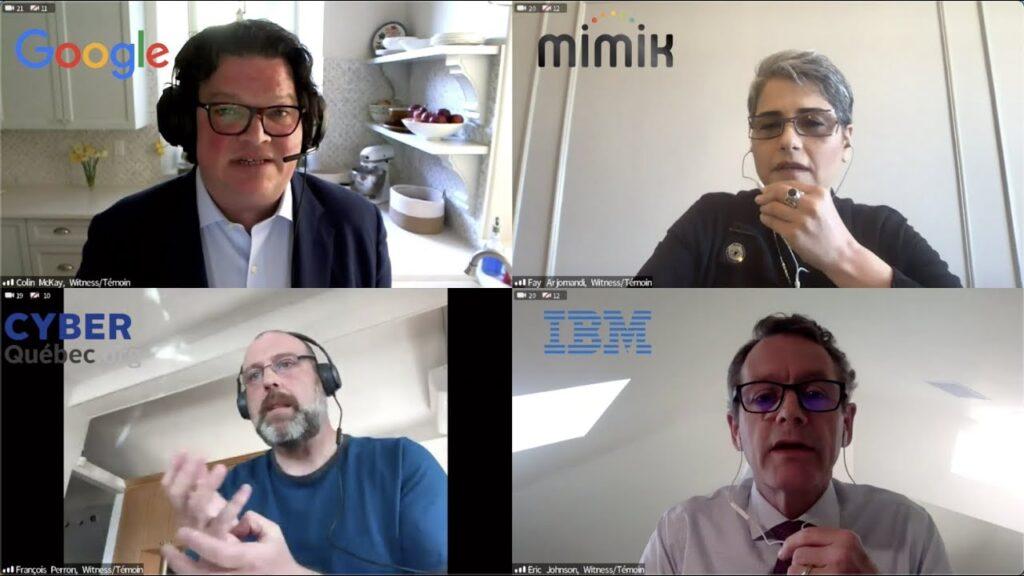First generation cloud technology has given users access to storage, files, softwares, and more through devices connected to the Internet, instead of over a hard drive. this same type of cloud technology initially worked through the hosting of siloed apps, where users went to the web to access the information they needed and by doing so got serviced through a central cloud.
the future however is looking brighter as it’s all about a hyperconnected web where apps and devices connect and communicate through a combination of edge devices and servers in the central cloud. at mimik, we believe that the future is about decentralizing the cloud by enabling all computing devices to act as servers to protect our data, minimize usage of energy and other resources to help save our planet.
Enter hybrid edgeCloud computing
like with any technology that is rapidly evolving, cloud technology has also evolved in the face of a more hyper-connected world. changes with future innovations have allowed for an interconnected web where different apps and devices communicate using both edge devices and servers in the central cloud. these ‘edge’ devices can be anything from smartphones, tablets, PCs, smart TVs, game consoles, robots, drones, and AI-based sensors.
an edgeCloud platform allows any computing device to act as a server, letting other devices communicate directly to the application layer, hence developing a hybrid edgeCloud that is larger, faster, cheaper, and with stronger data privacy for its users.
mimik’s disruptive technology essentially is for cloud decentralization — as each edge device gets to act as a server. mimik’s hybrid edgeCloud does not need any hubs or gateways and can leverage the processing power, storage, and memory of all computing devices. the good part about the hybrid edgeCloud is that it runs on any platform be it windows, android, mac os, iOS, linux, or raspbian.
Benefits of edgeCloud technology
- optimal privacy — you can process sensitive data on local edge devices, eliminating the unnecessary middlemen.
- lowest costs — reduce hosting and bandwidth costs by maximizing the use of resources on edge devices.
- lowest latencies — using the shortest-path communications between devices, microservices, and clusters at the edge.
- rapid app development — developers can utilize the familiar api development framework, languages, and compatibility with container and orchestration tools for native application development.
- lowest carbon footprint — cut data transfer by upto 70% and improve system-level efficiency.
what does this mean for developers? developers can take advantage of the benefits in efficiency and processing power, in helping them accelerate their product development while using mimik’s platform. the platform comes with a run-time engine that enables developers to work with global functions in the central cloud while moving processing workloads to different edge devices such as smartphones or TVs. developers can experience its flexibility as the engine is agnostic to any OS, device, network, or cloud — being non-proprietary, it can work with the already existing standard development tools. mimik also offers ready-to-deploy edge microservices for a wide range of industry verticals. mimik’s platform is free to develop and has a pay-as-you-grow pricing plan, letting you easily scale up. learn more about mimik’s hybrid edgeCloud mimik is passionate about democratizing the cloud and Internet so that each person can equally benefit, as well as minimize energy use through efficiency to save on our planet’s already limited resources. mimik extends cloud server capability to all computing devices, consumer, and enterprise applications. we do this by making “the cloud” larger, easily scalable, and efficient to meet the needs of an increasingly hyperconnected world. this results in inter-operable apps, savings in time and hosting costs, savings in network bandwidth, reduction in latency, and improved data privacy for users. to learn more about our technology get in touch with an edgeExpert today : Contact Us.



